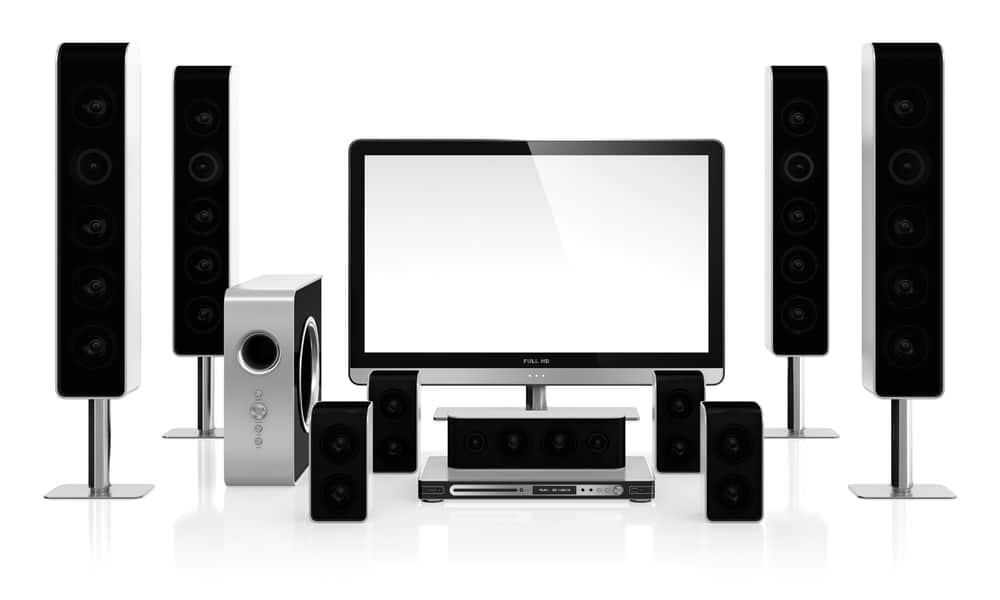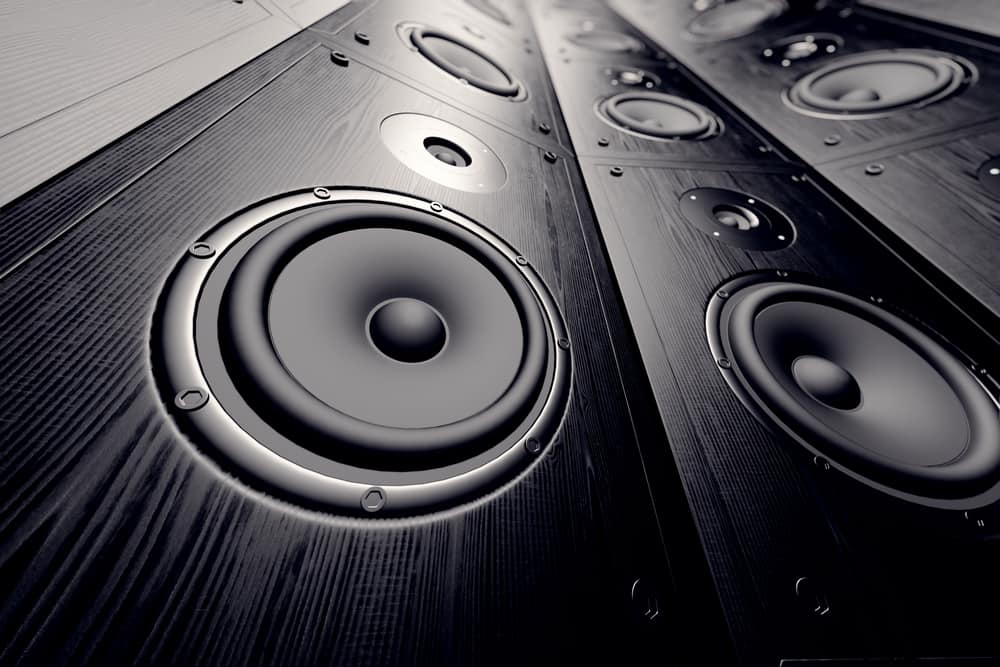Surround sound systems can easily add to your home cinema experience, but they are also sophisticated. When it comes to so many positions, wires, arrangements, and settings, it is incredibly easy to mess something up and fail to achieve the desired result.
A solution is to work out how to make all speakers work on surround sound. There are lots of problems that may arise, but luckily, most of them have simple explanations and fixes. Experience over time will help you understand everything much more comfortably. But if you are a newbie, here is what you need to do should things go wrong:
Common Issues and how to fix them:
1. No sound at all
You are done placing speakers in the right positions, installing wires, and doing settings. You sit down with some popcorn ready to enjoy a blockbuster, and suddenly, you realize there is no sound. Unless there is a power surge that will ruin everything, you can fix the issue pretty quickly.
- Unplug the receiver and make sure there is no power coming through.
- Check all the connections correctly – power cables, speaker wires pushed in, bare wires held tightly, and so on.
- If the problem persists, go in the receiver settings and test speaker settings. There are quite a few to go through.
- If nothing can fix the problem, you might have to assign channels and speakers yourself.

2. Poor sound in the front speakers
This problem is usually fixed in the receiver settings. Learning how to make all speakers work on surround sound is a piece of cake if you understand the main issue – most speakers are either small or large, meaning the receiver settings covers an impressive range. Choosing the wrong type can have your system fail.
- Go to the receiver settings and find the size.
- Choose small if you have satellite speakers.
- Choose large if you have bulky or tall freestanding speakers.
- Adjust the crossover in your subwoofer too.
- If your front speakers take too much sound (especially bass), the music is terrible and distorted.
- Set it at 80Hz and keep adjusting it from there until you find the perfect audio.
3. No sound in surround speakers
The first idea – a common mistake in newbies – is to keep the volume down. Sometimes, particular movies or scenes can be quiet, so it feels like your surround speakers do not work. Turn the volume up – it will work in 25% of all problems. You have to go through the receiver settings for the volume – you will find an option for each speaker.
- Make sure the speaker connections are appropriately set.
- When playing music through your receiver, the issue is standard because most songs are mixed for not more than two channels.
- Set the receiver to turn 2.1 audio into 5.1 or higher sound.
- Settings vary from one receiver to another, but most of them have this setting under DSP settings.
- Test sources to ensure they are capable of full surround sound.
- Set the output to a multiple channel stream if you use a Blu-ray player.
4. Poor sound in height speakers
Height and ceiling speakers are quite challenging, but fixing a terrible din is relatively simple.
- Work on the settings on the receiver – most commonly, the codec settings.
- Move height speakers around – it could be related to waves bouncing wrongly.
- Test the new position with the previous material to observe the difference.
- Check the owner’s manual to see if the manufacturer recommends a particular position.
5. Humming noises
When learning how to make all speakers work on surround sound, you will inevitably end up with an annoying hum at some point or another. This guide for dummies is quite helpful in setting the system right. The source of the problem is relatively simple – two different pieces share the same electrical circuit. The annoying hum is known as the 60Hz ground loop – basically, an interference. Making your speakers sound right can be hard, but not impossible.
- Discover the problematic elements first.
- Adjust the volume on your receiver – if the hum goes louder or quieter, the problem is there.
- Try selecting another input and listen for the hum.
- Remove cables connecting the receiver with everything else.
- The speakers should stay connected, as well as the power in the receiver.
- If you can find the problematic element, it might need some repair.
- If the issue is in the cable television, you must purchase an isolation transformer.
- If you find another source, a ground isolator can do the trick.
Call the customer service or an electrician if you are not sure what you are doing.

6. No bass
If you cannot hear any bass, changing crossover frequencies might be the key. It should be your first solution. Again, you will have to start at 80Hz and adjust in small increments. What if it does not work?
7. Connection Issues
Make sure the RCA cable connecting the subwoofer and receiver is plugged correctly.
The location of the subwoofer must be thoroughly planned upfront – a corner, away from the walls, close to the front speakers, or the side of your watching position.
Take the subwoofer and place it in the listening position, then crawl on your floor to determine the best sound from the bass. You will then be able to put it in the right position.
Turbo Future also provides more details on further calibration and setup instructions in this article.
Conclusion
The bottom line, learning how to make all speakers work on surround sound, is often a matter of trial and error. You have to try this and that to determine the issue. Some problems can be fixed without too much hassle – just silly mistakes in the setup. Some others might require a professional electrician. Make sure you know what you are doing when dealing with wires and electricity, though, as you can seriously harm yourself.
Related Topic: Studio One Failed To Open Speakers Solved – Quick Fixes For A Basic Error
